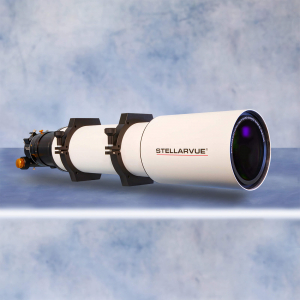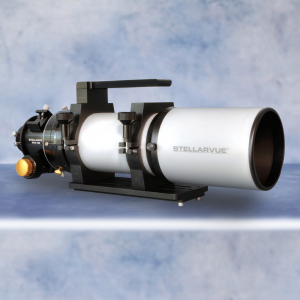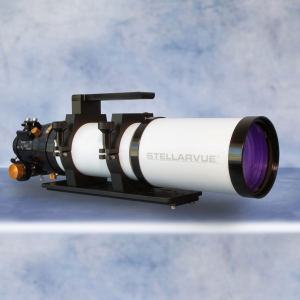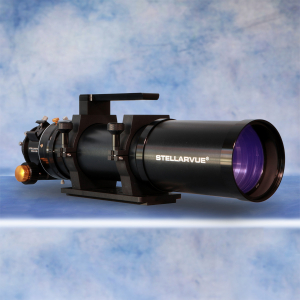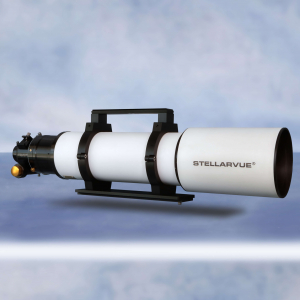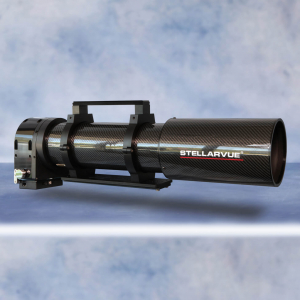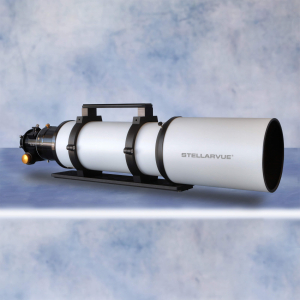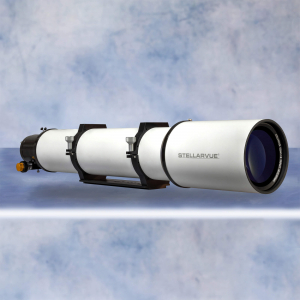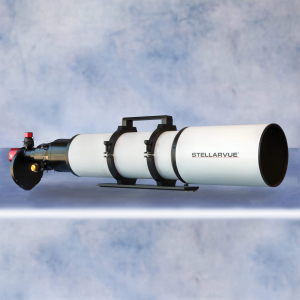SVX102T - M3
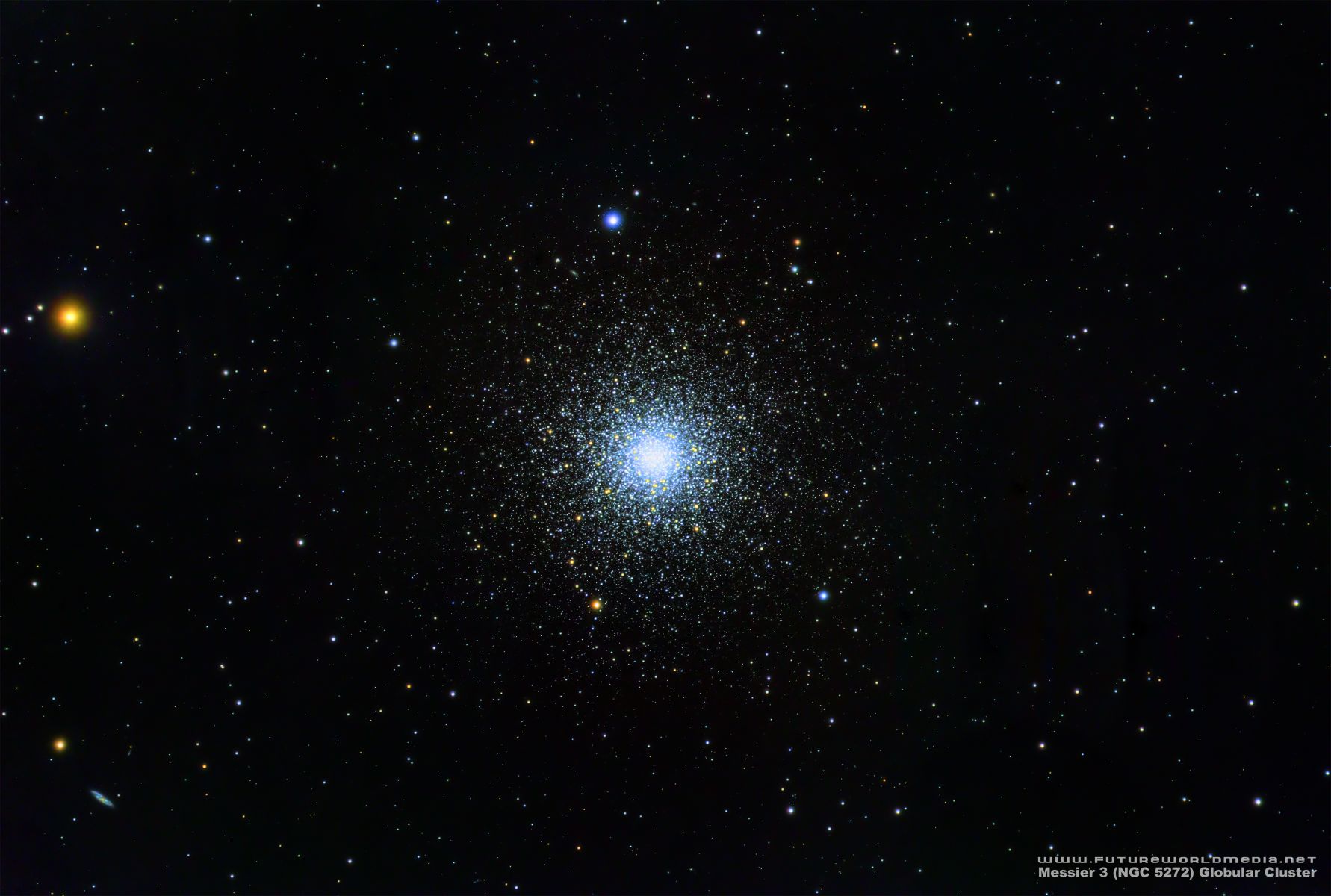

This image of M3 was taken by Douglas Struble of Future World Media using his Stellarvue SVX102T
Messier 3, also known as NGC 5272, is a globular cluster of stars in the northern constellation of Canes Venatici.This cluster is one of the largest and brightest, and is made up of around 500,000 stars. It is estimated to be 11.4 billion years old. It is centered at 32,600 light-years (10.0 kpc) away from Earth.
Messier 3 is quite isolated as it is 31.6 kly (9.7 kpc) above the Galactic plane and roughly 38.8 kly (11.9 kpc) from the center of the Milky Way. It contains 274 known variable stars, by far the most found in any globular cluster. These include 133 RR Lyrae variables, of which about a third display the Blazhko effect of long-period modulation. The overall abundance of elements other than hydrogen and helium, what astronomers term the metallicity, is in the range of −1.34 to −1.50 dex. This value gives the logarithm of the abundance relative to the Sun; the actual proportion is 3.2–4.6% of the solar abundance. Messier 3 is the prototype for the Oosterhoff type I cluster, which is considered "metal-rich". That is, for a globular cluster, Messier 3 has a relatively high abundance of heavier elements.
Integration Time: 22h 15′
Bortle Dark-Sky Scale: 8.00
Completion Date: 5-28-23
Location: Taylor, MI (EST) USA
Imaging Telescope: Stellarvue SVX102T-R
Aperture: 102mm
Camera: ZWO ASI183MM-PRO
Filters: Astronomik Deep-Sky RGB and L-3
Software: SGP, PHD2, PixInsight & Photoshop CC
Image and text by Douglas J Struble at Future World Media

